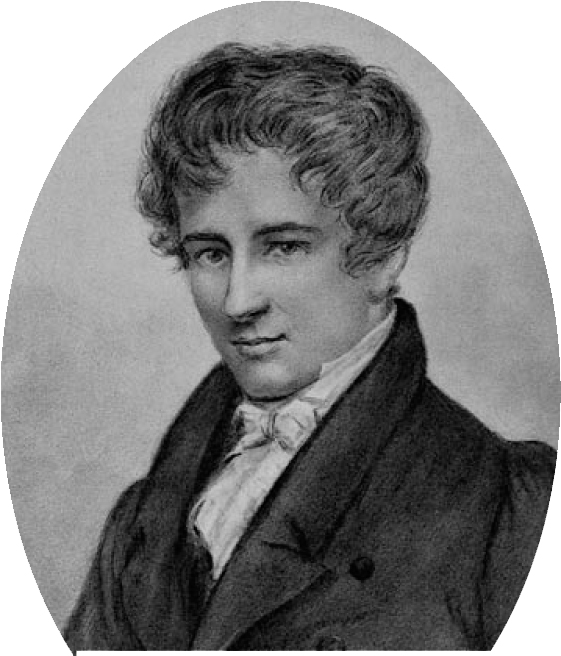Math Solution to Nobel Problem
DOI: 10.1063/1.1445537
Rumor has it that a century ago, when Alfred Nobel established his prestigious prizes, he shunned mathematics because his wife had jilted him for a mathematician. A good tale but, it turns out, a tall one. Still, mathematicians feel a pang of envy each fall when the Nobels roll around and their field never shares the limelight.
Now Norway has created an international math prize that could achieve Nobel stature. The Abel Prize will be bestowed annually beginning in 2003. Its purse is expected to be in the upper six digits—the annual earnings from the Norwegian government’s endowment of roughly $23 million.
The new prize’s namesake is Norwegian mathematician Niels Henrik Abel, who died in 1829 at age 26. He is best known for proving the impossibility of a general algebraic solution to quintic, or fifth-degree, equations, and for his work on elliptic integrals. Groups of commuting elements are called abelian groups in his honor.
In announcing the establishment of the Abel Prize, Norway’s Prime Minister Jens Stoltenberg said the aims are “increased interest among young people to study science, strengthening of the country’s research in the field of mathematics, increased awareness of Norway as a country of knowledge and learning, as well as positive international awareness.”
An Abel Prize was first proposed by Oscar II, the king of Norway and Sweden, in 1902, at the centenary of Abel’s birth. It fell through when the union between the two countries was dissolved in 1905.
Until the Abel, the closest thing to a Nobel Prize in math was the Fields Medal, which is awarded every four years to mathematicians aged 40 or younger.

Niels Henrik Abel (1802–29), in a reproduction based on a painting by Johan G∅rbitz.

More about the Authors
Toni Feder. American Center for Physics, One Physics Ellipse, College Park, Maryland 20740-3842, US . tfeder@aip.org
